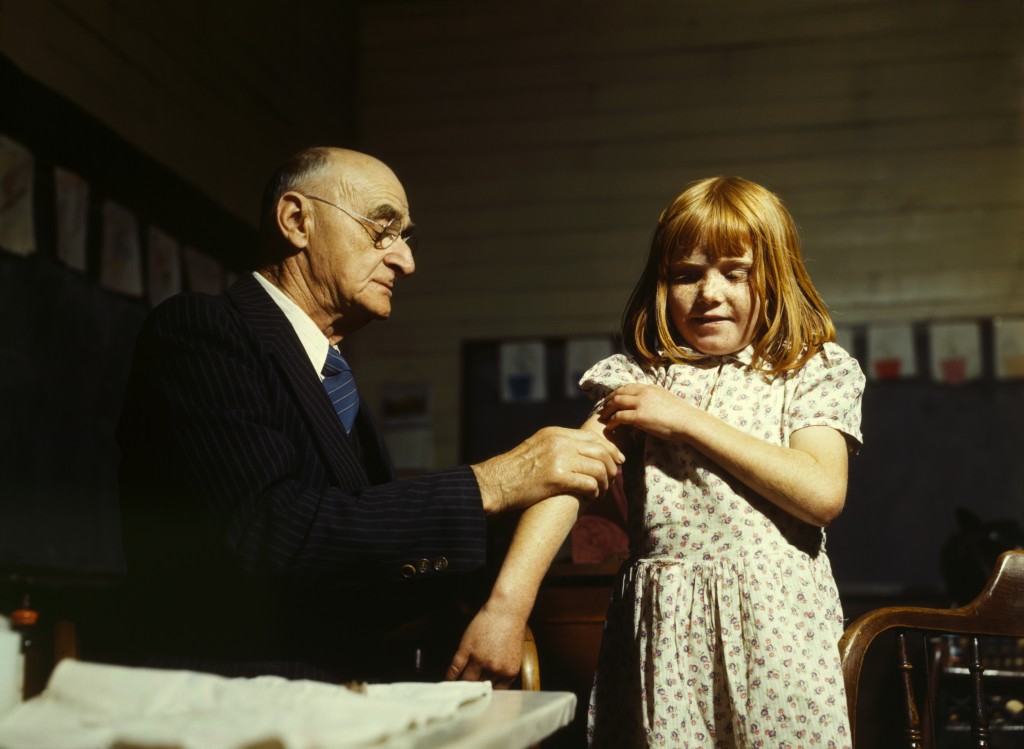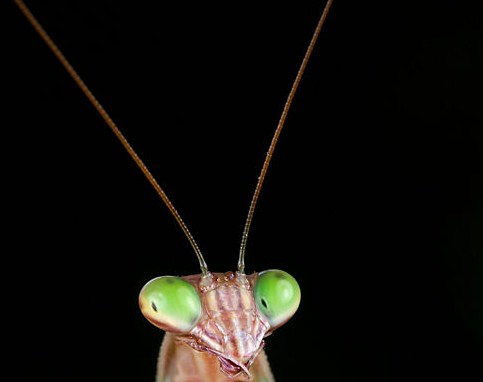 I’ve had occasion in these pages before to write about searches for alien planets and alien life and for both, to register the loftiest disdain. I mean, crissakes, the universe is jam-packed with philosophy-shattering freakshows, and we’re looking for things we already know exist? Planets and life are not news. I learned this outlook from astronomers: until a few years ago, this was the astronomical majority view. Continue reading
I’ve had occasion in these pages before to write about searches for alien planets and alien life and for both, to register the loftiest disdain. I mean, crissakes, the universe is jam-packed with philosophy-shattering freakshows, and we’re looking for things we already know exist? Planets and life are not news. I learned this outlook from astronomers: until a few years ago, this was the astronomical majority view. Continue reading
 This summer I put my Lilkid, as I call him online, on the school bus for the first time ever. Evidently I have “socialized” him enough with other lilkids, because he got on without a backwards glance, ignoring his mother getting all teary and father waving goodbye. He chose a seat and then mouthed through the window with a huge grin, “MOM! I am ON THE SCHOOL BUS! And IT HAS NO SEAT BELTS!!!”
This summer I put my Lilkid, as I call him online, on the school bus for the first time ever. Evidently I have “socialized” him enough with other lilkids, because he got on without a backwards glance, ignoring his mother getting all teary and father waving goodbye. He chose a seat and then mouthed through the window with a huge grin, “MOM! I am ON THE SCHOOL BUS! And IT HAS NO SEAT BELTS!!!”
When you have a kid, people tell you various clichés about how your child will be part of you forever. Ladies, in your case, it’s true, and it’s supported by science. Continue reading
Doctors and scientists have lost yet another battle in the war over vaccines.
On 25 August, the US Institute of Medicine released a report on the “adverse events” of eight childhood vaccines. The report summarized the exhaustive evidence on the possible negative health consequences of eight vaccines recommended for children, including the vaccines that prevent measles, mumps and rubella (MMR); diphtheria, tetanus and pertussis (DTaP); chickenpox; and human papilloma virus (HPV).
That’s right: in the midst of the most heated anti-vaccine campaign in history, a committee of the nation’s leading scientists and doctors decided to produce a detailed, graphic summary of all the health problems that vaccines cause.
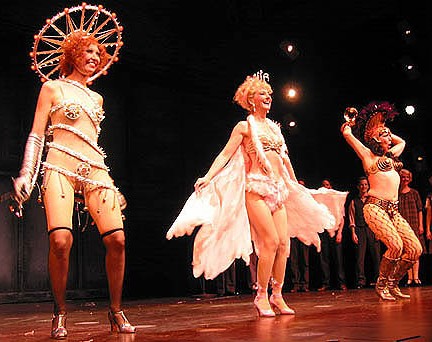 The best thing that ever happened to the Big Bang is its name. For scientists, the acceptance of a scientific concept depends on its explanation of existing data, its prediction of observable phenomena, the observation of those phenomena, and the duplication of those results. But for non-scientists—well, for scientists, too—the popularity of a concept can come down to a show biz maxim: You gotta get a gimmick.
The best thing that ever happened to the Big Bang is its name. For scientists, the acceptance of a scientific concept depends on its explanation of existing data, its prediction of observable phenomena, the observation of those phenomena, and the duplication of those results. But for non-scientists—well, for scientists, too—the popularity of a concept can come down to a show biz maxim: You gotta get a gimmick.
The need for a name for the origin of the universe didn’t arise until Edwin Hubble’s 1929 discovery of evidence that the universe appeared to be expanding from…something. The “primeval atom,” suggested the Belgian astronomer Georges Lemaître shortly thereafter. The “Primeval Fireball,” suggested the Princeton theorist John Archibald Wheeler, once the leftover radiation from the event was discovered in the mid-1960s. From a commercial standpoint, however, neither term had a chance against the competition.
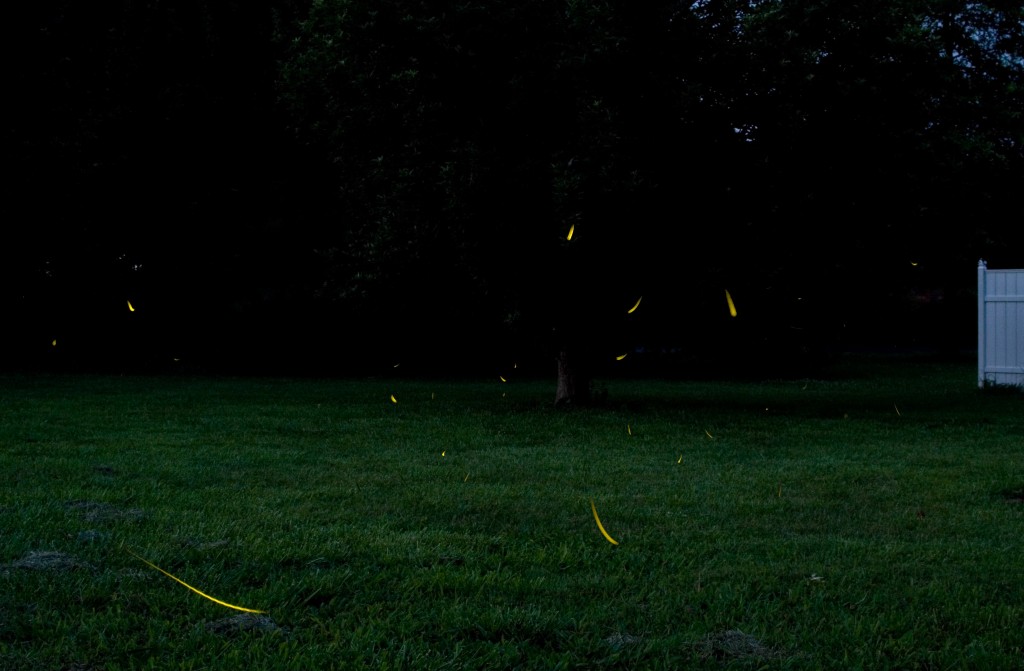 One of the well-thumbed books in our house is Gary Larson’s There’s a Hair in My Dirt!, which chronicles the adventures of a daffy maiden who sees nature through a rose-colored magnifying glass. She cuddles up to invasive squirrels, delights over frolicking fawns, and beats the heck out of a snake as it tries to suffocate a mouse. (The mouse carries a virus that kills Harriet, the maiden, for her trouble).
One of the well-thumbed books in our house is Gary Larson’s There’s a Hair in My Dirt!, which chronicles the adventures of a daffy maiden who sees nature through a rose-colored magnifying glass. She cuddles up to invasive squirrels, delights over frolicking fawns, and beats the heck out of a snake as it tries to suffocate a mouse. (The mouse carries a virus that kills Harriet, the maiden, for her trouble).
I usually laugh along until I come to the part about fireflies. Harriet squeals over these magical, fairy-like creatures (which, Larson points out, are actually beetles)—and I cringe, because squealing is exactly what I do, too. Continue reading
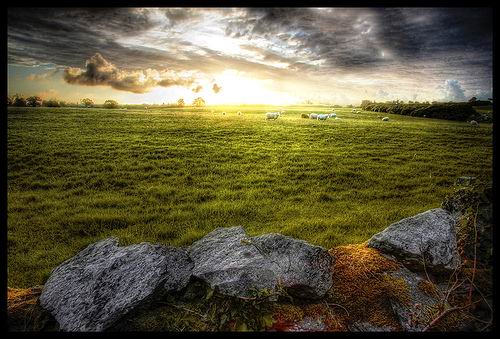 A little over two weeks ago, on the evening of August 10th, a young Irish heavy-equipment operator spotted what he thought was an old leather car seat jutting out of the drained fields of Cashel Bog. Jason Phelan was nearing the end of a long day on a harvester, a giant machine that slices peat from drained bogs and rakes it into piles for garden compost. But Phelan knew that Ireland’s bogs occasionally cede strange treasure. So he hopped down from the cab to take a closer look.
A little over two weeks ago, on the evening of August 10th, a young Irish heavy-equipment operator spotted what he thought was an old leather car seat jutting out of the drained fields of Cashel Bog. Jason Phelan was nearing the end of a long day on a harvester, a giant machine that slices peat from drained bogs and rakes it into piles for garden compost. But Phelan knew that Ireland’s bogs occasionally cede strange treasure. So he hopped down from the cab to take a closer look.
The object, half-buried in the turf, was chestnut-brown. It looked like old leather, a piece of something–something, on closer inspection, that was definitely not a car seat. Phelan puzzled over it, considering the possibilities. Then he took hold of it and gave it a tug. A pair of ancient, twisted human legs slipped loose from the turf. Continue reading
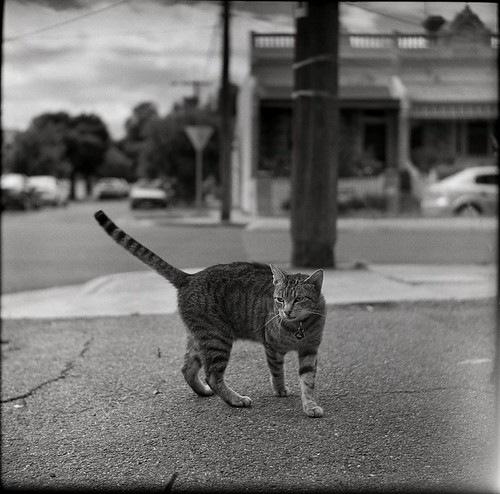 I just wrote a story about robots whose brains are based on the neural networks of real creatures (mostly cats, rats and monkeys). Researchers put these ‘brains’ in an engineered body — sometimes real, sometimes virtual — equipped with sensors for light and sound and touch. Then they let them loose into the world — sometimes real, sometimes virtual — and watch them struggle. Eventually, the robots learn things, like how to recognize objects and navigate to specific places.
I just wrote a story about robots whose brains are based on the neural networks of real creatures (mostly cats, rats and monkeys). Researchers put these ‘brains’ in an engineered body — sometimes real, sometimes virtual — equipped with sensors for light and sound and touch. Then they let them loose into the world — sometimes real, sometimes virtual — and watch them struggle. Eventually, the robots learn things, like how to recognize objects and navigate to specific places.
These so-called ’embodied’ robots are driven not by a top-down control system, but by bottom-up feedback from their environment. This is how humans work, too. If you’re walking on the sidewalk and come across a patch of gravel, your feet and legs feel the change and rapidly adjust so that you don’t topple. You may not even notice it happening. This embodied learning starkly contrasts with most efforts in the artificial intelligence field, which explicitly program machines to behave in prescribed ways. Robots running on conventional AI could complete that sidewalk stroll only by referring to a Walking-On-Sidewalk-with-an-Occasional-Patch-of-Gravel program. And even then, they’d have to know when the gravel was coming.
Most advocates of embodied AI are motivated by its dazzling array of potential applications, from Mars rovers to household helpers for the elderly. But I’m more curious about the philosophical implications: whether, in loaning robots visual, memory, and navigational circuits from real biological systems, the researchers might also be giving them the building blocks of consciousness.
Continue reading
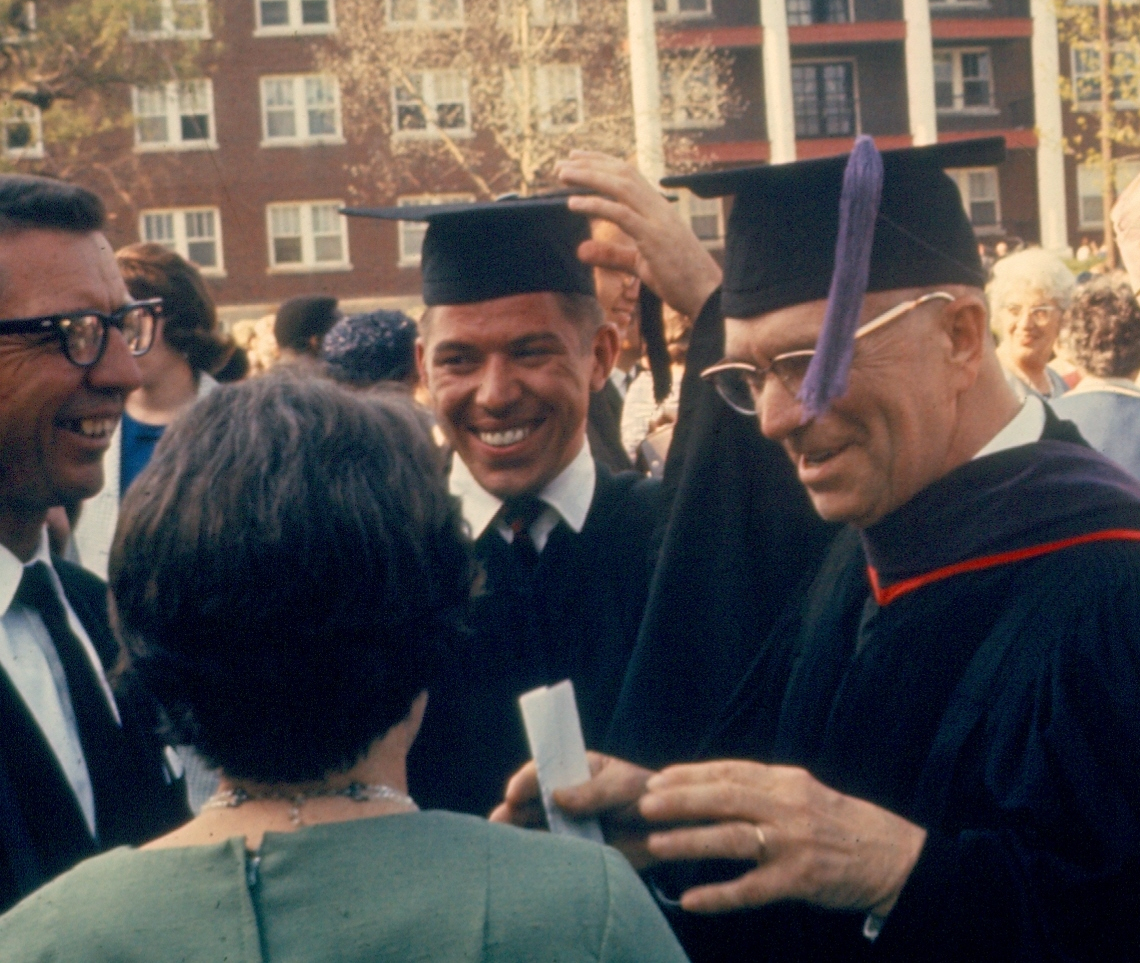 My dad and I share an obsession with endurance sports. We don’t just love to get outside and ride our bikes, we actually feel antsy and anxious if we go too many days without working up a sweat. As I’ve written elsewhere, our compulsion for exercise has a genetic basis. Dad and I probably have an exercise inclination gene (or genes) that my mom and sister —who think we’re crazy— don’t.
My dad and I share an obsession with endurance sports. We don’t just love to get outside and ride our bikes, we actually feel antsy and anxious if we go too many days without working up a sweat. As I’ve written elsewhere, our compulsion for exercise has a genetic basis. Dad and I probably have an exercise inclination gene (or genes) that my mom and sister —who think we’re crazy— don’t.
On a recent visit to my parents, I wondered if a passion for science might also have some inherent basis. The thought occurred to me as Dad showed me some old photos. In one of them his parents, Mennonite wheat farmers who never went to college, are standing with Dad at his graduation from Taylor University. How did a farm kid from Kansas who grew up without ever knowing a single scientist end up with a master’s degree in physics, I wondered. Continue reading
